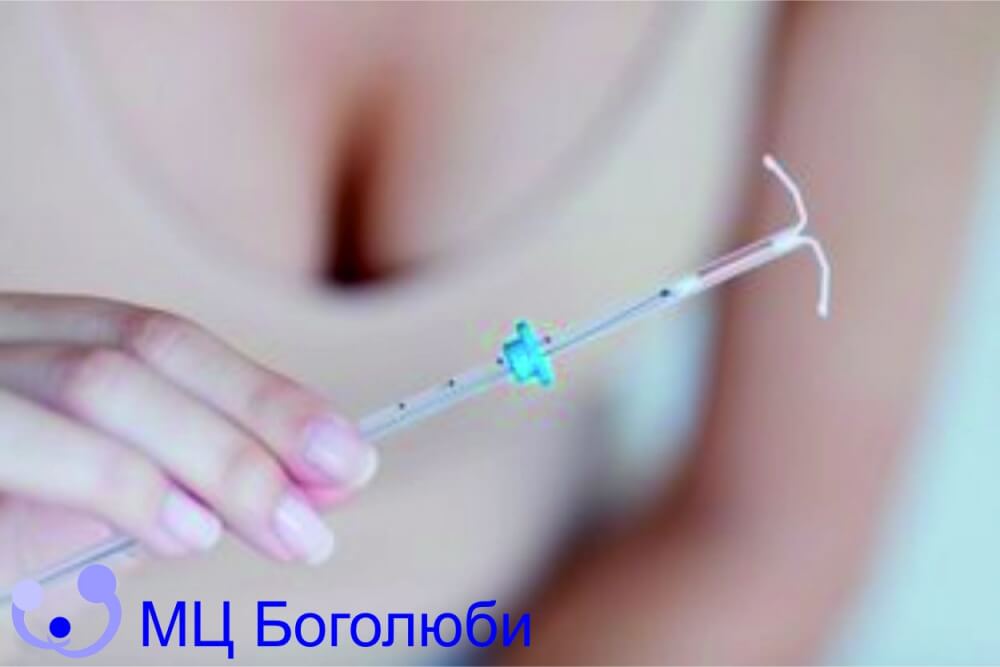Humanity has been conceived of intrauterine contraception from a time immemorial. So, for example, when the Arabs had a long passage through the desert, they placed pebbles in the uterus of the camel so that it would not become pregnant on the road. And in ancient China, women, trying to protect themselves from an unwanted pregnancy, used silk threads in this way. The first more or less modern version of the intrauterine device (IUD) was made in Germany from silkworm threads by the scientist Richter in 1909 and was a tightly twisted ring.
The evolution of the contraceptive did not stand still. In the 70s of the last century, German scientists discovered the contraceptive effect of copper, and then copper bar began to be included in the core of the intrauterine device. In Soviet-era pharmacies, «Lipps loops» snake-shaped IUDs made of plastic and were cheap. This spiral caused many complications and was banned for use in 1986.
New spiral models are becoming more and more perfect. And subsequent scientific developments of scientists are embodied in new versions of the intrauterine device. For example, with silver inclusions, since this metal slows down the corrosion of copper. Today, more than a hundred models are already known that differ in stiffness, shape, size and various inclusions of metals and hormones.
How does the anti-pregnancy loop work?
The modern intrauterine device is one of the most common and effective contraceptives. The principle of the spiral is as follows - it prevents the attachment of an already fertilized egg to the wall of the uterus. Thus, the zygote that has not invaded the endometrium dies. So in essence, the IUD is an abortive contraceptive.
IUD is contraindicated in women:
- with menstrual irregularities; ;
- acute and chronic genital infections;
- endometriosis;
- anemia;
- tumors of the genital area;
- severe endocrine diseases;
- HIV carriers.
Possible complications when using the IUD:
- pain and discomfort in the lower abdomen;
- increased menstrual blood loss;
- intermenstrual bleeding;
- the risk of developing and complicating inflammatory diseases;
- ectopic pregnancy;
- uterine perforation.
The period of wearing the Loop is 3 to 5 years.The period of wearing the Loop is 3 to 5 years. Navy with gold inclusions - up to 7 years. The period between replacing the old spiral with a new one should be at least 2 years.
In any case, whether you decide to use the spiral as a contraceptive option, or use other contraceptives, we advise you to seek advice from the gynecologists of the Bogoliuby Center for Reproductive Medicine, where they will select the most modern and safe means for you.
















